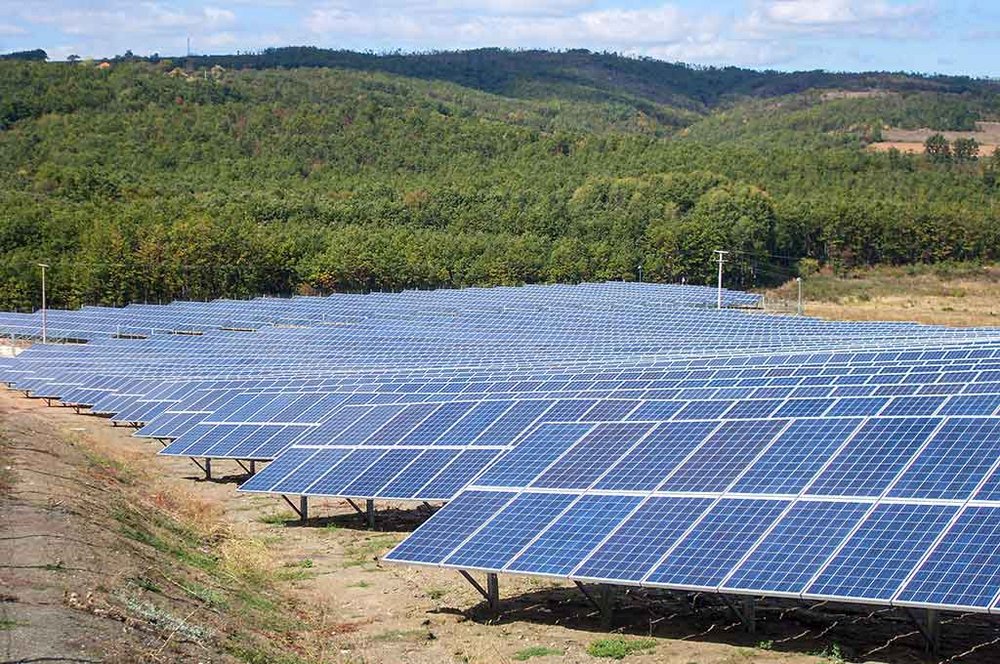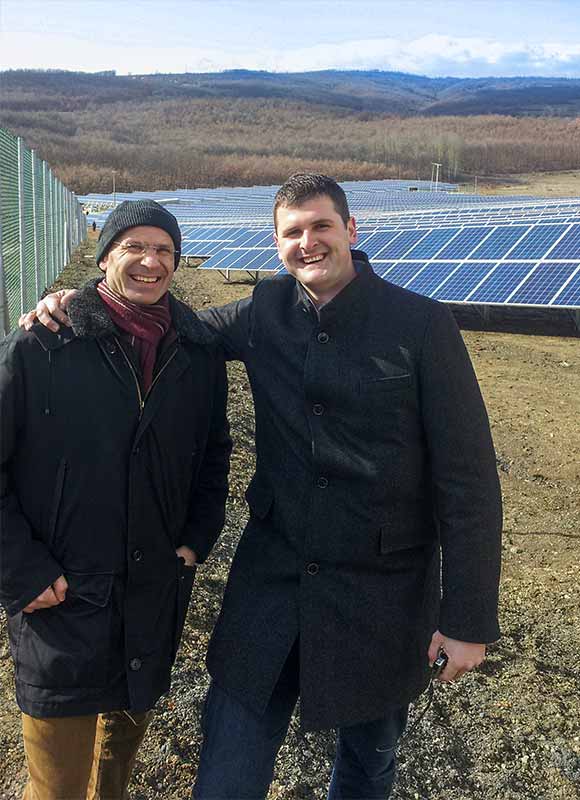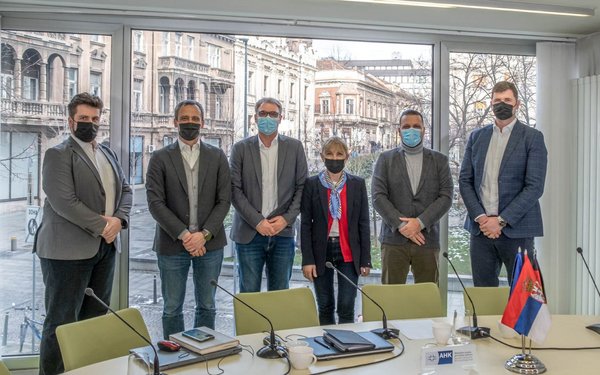Our colleague and Managing Director at MACS Serbia, Nikola Ćatović, joined the expert jury at the final event of this year Young Energy Europe program, co-organized by the German-Serbian Chamber of Commerce (AHK Serbia). Out of 22 applicants, the energy efficiency project of compressed air system optimisation proposed by ZF Serbia d.o.o was proclaimed as the winner of this year competition. By eliminating the micro leaks and improving the setup of the system, this project will significantly reduce the energy consumption with an excellent return on investment ratio. The second and thirt prizes were awarded to the teams of Tigar Tyres d.o.o. and T-1 Ada d.o.o.
The YEE team from Serbia is already looking forward to the new class of Energy Scouts in 2022.
Official Link and further information here


